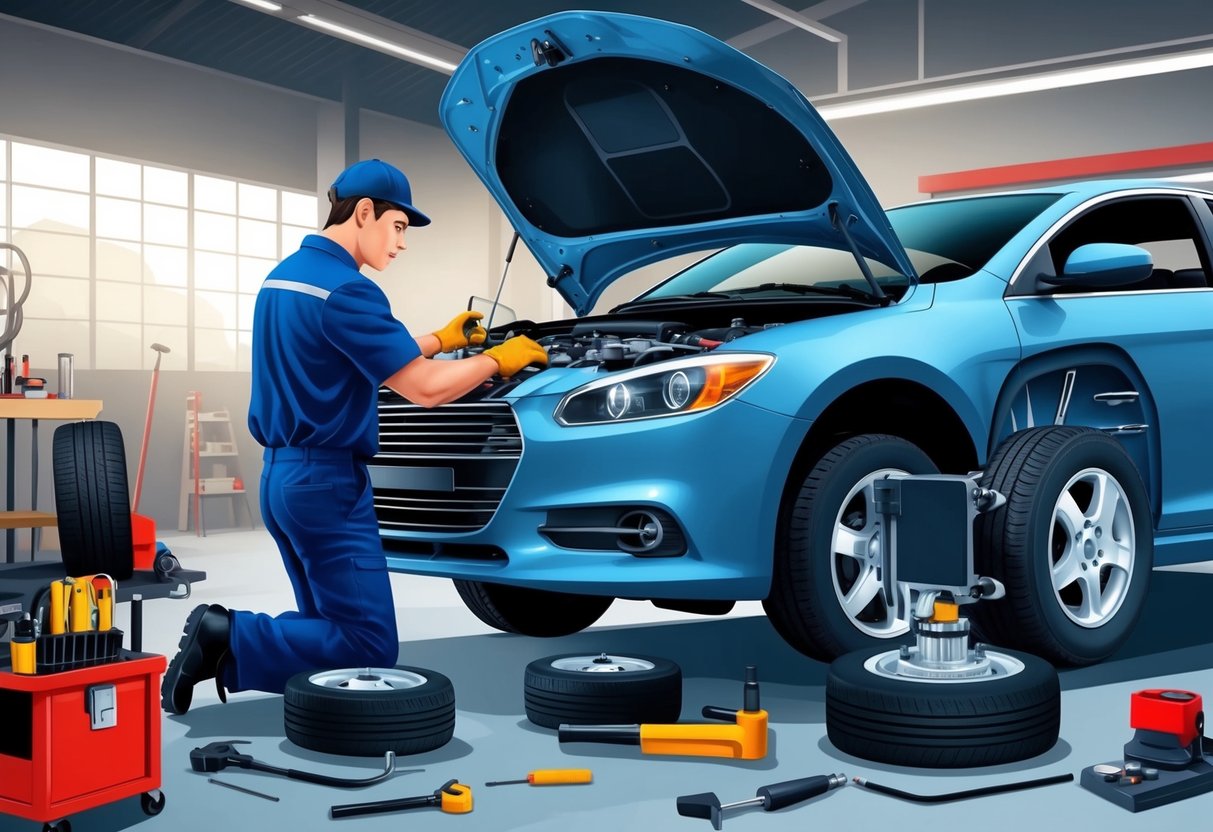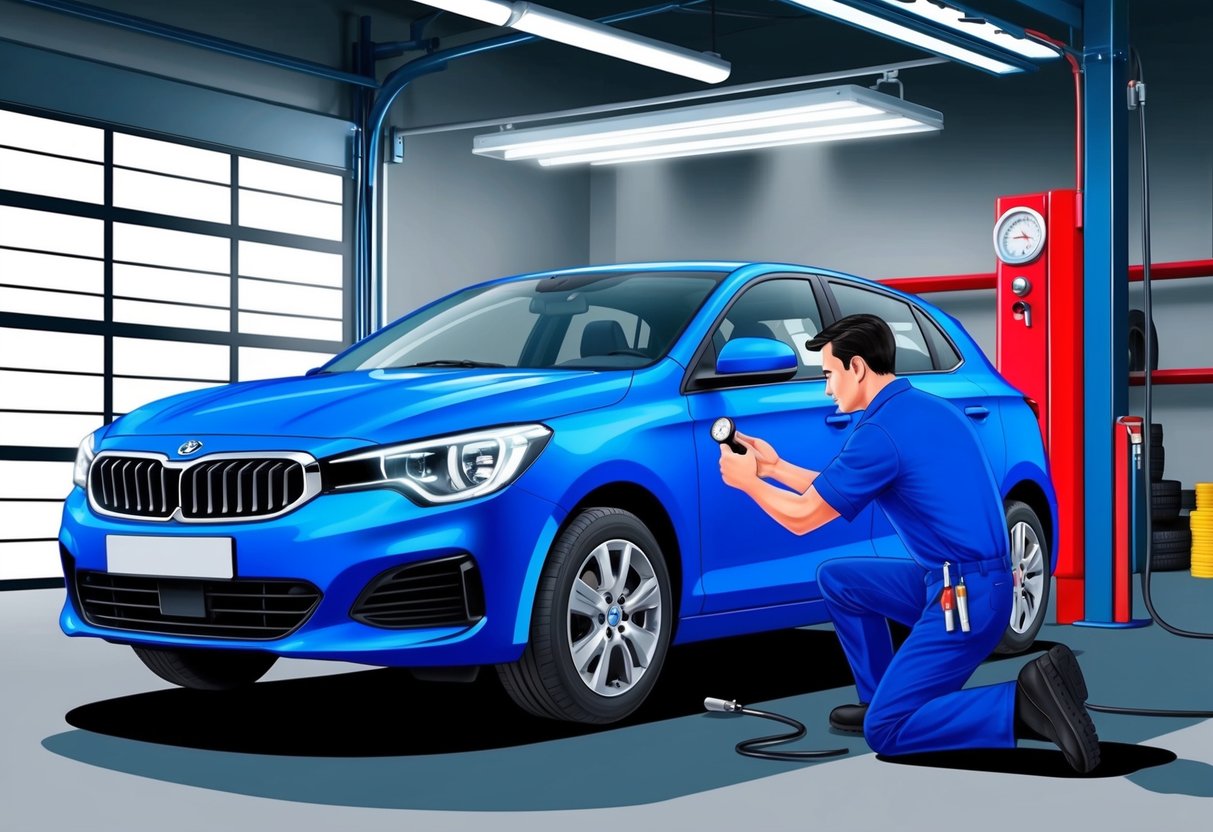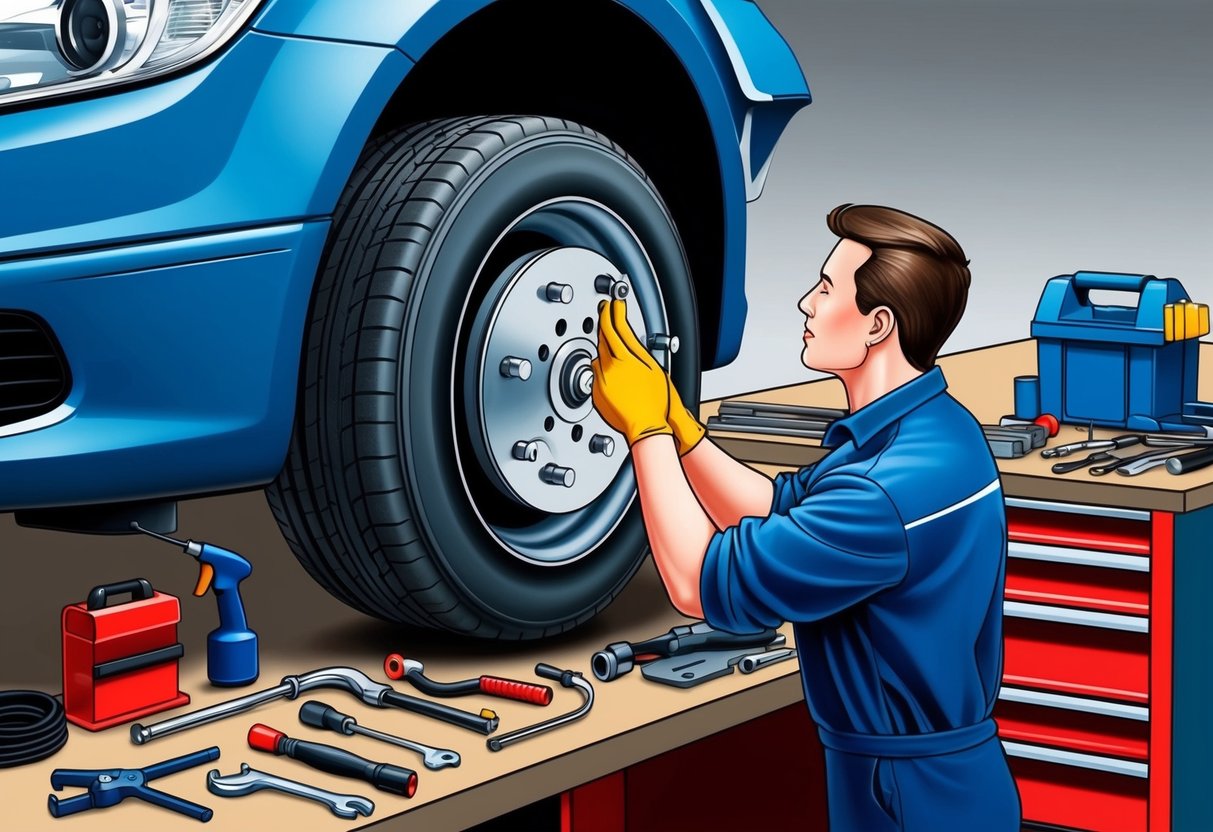
Inspecting the Cooling System
The cooling system relies on coolant/antifreeze to manage engine temperature and prevent overheating. Routine inspection involves monitoring both the coolant level in the reservoir and the condition of the fluid.
Coolant should be filled to the “full” mark on the reservoir and appear clean, usually green, orange, or pink without any floating particles. Before opening the radiator or coolant reservoir, ensure the engine is cool to avoid injury.
Inspect hoses and connections for leaks, cracks, or wear that could lead to loss of coolant and potential overheating or engine damage. Replace coolant according to the vehicle manufacturer’s maintenance schedule, which is often every 2–5 years.
Staying aware of coolant levels and inspecting the cooling system reduces the risk of breakdowns and engine damage. A well-maintained cooling system also ensures that other functions, such as windshield washer solvent levels, are not overlooked during regular fluid checks.
Tire Care and Safety

Proper tire maintenance helps extend the lifespan of tires and reduces the risk of sudden flats. Paying close attention to tire pressure and condition also improves fuel efficiency and driving safety.
Maintaining Proper Tire Pressure
Keeping tire pressure at the manufacturer’s recommended level is one of the most important aspects of tire care. Under or over-inflated tires can lead to poor handling, uneven tread wear, and decreased fuel efficiency.
Drivers should check tire pressure at least once a month using a reliable gauge and always when tires are cold for an accurate reading. Signs of low tire pressure include reduced vehicle stability and a noticeable difference in ride comfort.
Many gas stations offer free or low-cost air pumps, making it convenient to adjust tire pressure as needed. Maintaining the right tire pressure also contributes to optimal braking and cornering performance.
Below is a quick checklist for regular tire pressure maintenance:
- Check all four tires and the spare tire.
- Inflate tires to the pressure listed in the vehicle manual or on the driver’s side door placard.
- Recheck pressure if there is a sudden change in temperature.
Following these steps helps prevent excessive wear and supports better fuel economy.
Addressing Under Inflated Tires
Driving on under inflated tires increases the risk of a flat tire or blowout, especially at high speeds or in hot weather. Low tire pressure can also cause tires to flex more, leading to heat buildup and potential tire failure.
Loss of traction is another danger, especially when road conditions are wet. It is best to address under inflated tires immediately after detection.
Continually driving with low pressure can damage the tire sidewall and shorten the tire’s useful life. Checking tires for slow leaks, punctures, or damage is essential after adding air.
A low reading does not always mean a puncture; sometimes, temperature drops cause minor pressure loss. Still, tires that consistently require refilling should be inspected by a qualified technician.
Proper care and timely response reduce the risk of facing a costly repair from tire damage down the road.
Brake System Inspections

Brake system inspections identify early signs of wear and prevent expensive repairs. A thorough approach to examining brake pads and monitoring the brake system maintains safety and reliable stopping power.
Examining Brake Pads
Regularly checking brake pads is critical for vehicle safety and financial savings. Brake pads gradually wear down with use and may cause metal-to-metal contact with the rotors if left unchecked.
This can result in costly rotor damage and unpredictable braking. Drivers should look for warning signs, such as squealing noises or increased stopping distances.
Many modern brake pads include wear indicators that produce a high-pitched noise when replacement is necessary. Inspecting brake pads at least twice a year is generally recommended, but frequent city driving may require more often checks.
Mechanics often measure pad thickness, advising replacement when pads are thinner than 3mm. For more in-depth advice on pad inspection, see detailed tips for brake pad maintenance.
Monitoring the Brake System
Beyond brake pad checks, the entire brake system requires routine monitoring to ensure performance and longevity. This includes assessing the brake fluid level and condition, as low or dirty fluid impairs braking efficiency and increases the risk of system failure.
Brake lines, calipers, and rotors should be inspected for leaks, corrosion, or abnormal wear. Spongy or delayed pedal responses can signal issues such as air in the lines or hydraulic leaks.
Scheduled brake system inspections by a qualified technician help detect hidden defects, allowing for timely repairs. Proactive attention to brake components prevents dangerous malfunctions and supports long-term reliability.